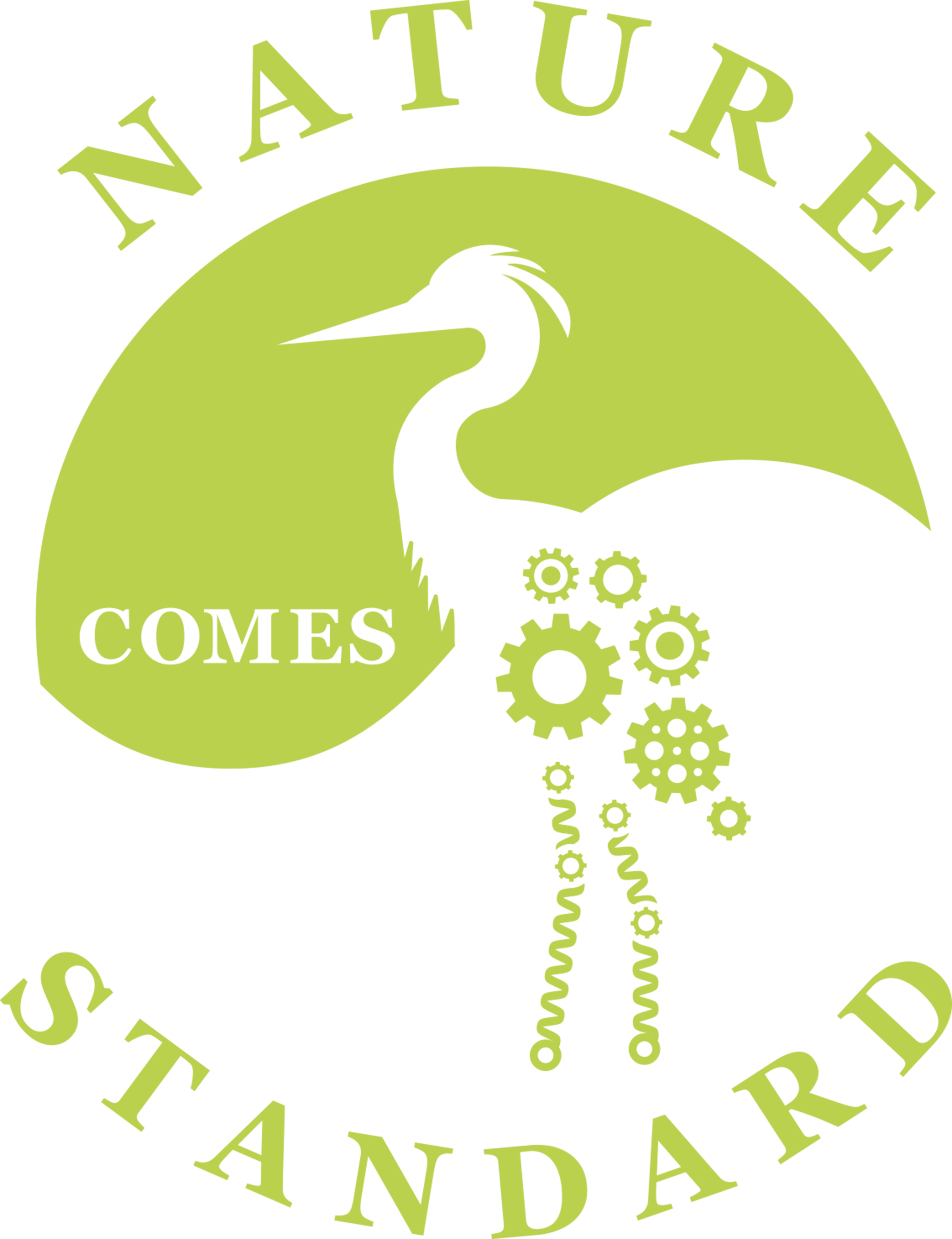Spiders Can Teach Us About Mobility

Several years ago, I had the opportunity to explore biomimicry in Costa Rica. We were tucked deep in the jungle at the fantastic La Cusinga Eco Lodge overlooking the Pacific Ocean. Howler monkey calls echoed through the damp morning foliage forgoing the need to set the alarm (Listen Here). The facility flawlessly intertwined itself with nature creating an unforgettable immersion with the genius of nature. During a contemplative walk, I ran across a golden orb spider. Its body was deep black speckled with yellow dots, and it appeared to be wearing dress socks with yellow stripes at the top. Have you ever wondered how the spider could move all eight legs with such power and grace?
Smaller spiders (usually those weighing under 3g) use a hydraulic catapult method to move around and catch prey. In contrast, larger spiders (those weighing over 3g) rely on a combination of a hydraulic catapult and muscle-based contraction.
Spiders have four pairs of legs, and each pair has a specialized task for locomotion. The front two pairs are situated in front of the spider’s center of mass, and the rear two pairs are behind its center of mass. During forward motion, the front two pairs flex inward, creating a rearward pulling force. The third leg pair acts as a pivot point like a pole vaulter using the pole to swing their momentum over the bar. The fourth leg pairs extend from hydraulic pressure creating a rearward push force.
Each leg consists of seven tubular sections with three distinct regions. The hip joint located at the body allows movement left and right and up and down. The other two active elements, femur-patella, and tibia-metatarsus allow movement up and down only. The hip joint has both extension muscles to push out the legs and flex muscles to pull in the legs. The femur-patella and tibia-metatarsus only have flex muscles. To extend the legs, hemolymph fluid, similar to blood in vertebrates, pumped from the spider’s body fills the lower side of the femur-patella and tibia-metatarsus joints, pressurizing a bellow-like structure to extend the leg. With flex-only muscles attached to the inside circumference of the spider’s body, the spider can maximize its grip on prey. As a liquid, the hemolymph can fill in the gaps between muscle fibers for an efficient extension and leg structure stiffening.
When the spider prepares to jump on its prey or away from danger, it pressurizes the legs for an extension while simultaneously flexing its muscles in place. When the spider relaxes its flexed muscles, the pressurized legs extend, initiating the jump sequence. Depending on the jump's desired trajectory, the spider can manipulate the timing and force of each leg as well as using in-flight leg extension or contraction to manage angular momentum and aerodynamics. Its silk dragline provides the spider with an emergency stop.
While spiders under a mass of 3g (like Cupiennius salei) primarily use this hydraulic catapult method, spiders with a mass over 3g (like Ancylometes concolor) would start to bounce uncontrollably during full hydraulic pressurization, causing their legs to lose contact with the ground, unless it used excessive muscle energy to manage the bounce. Thus, more massive spiders use a combination of hydraulic extension and muscle flex at launch but rely more heavily on muscle flex in their front legs.
The spider’s unique locomotion method could inspire improved pick-and-place manufacturing equipment, efficient deployable and collapsible structures, and flexible off-road vehicle mobility. In fact, Hyundai recently introduced its Project Elevate Cradle concept vehicle with four legs that resemble the spider. While it is not apparent if they looked to the spider for inspiration, knowledge of the spider mobility could improve their design. How could the spider legs improve your next design?
References:
Landkammer S, Winter F, Schneider D, Hornfeck R. (2016). Biomimetic Spider Leg Joints: A Review from Biomechanical Research to Compliant Robotic Actuators. Robotics. 5(3) https://www.mdpi.com/2218-6581/5/3/15
Nabawy M, Sivalingam G, Garwood R, Crowther W, Sellers W. (2018). Energy and time optimal trajectories in exploratory jumps of the spider Phidippus regius. Scientific Reports. 8:7142. https://www.ncbi.nlm.nih.gov/pmc/articles/PMC5940701/
Weihmann T, Günther M, Blickhan R. (2012). Hydraulic leg extension is not necessarily the main drive in large spiders. The Journal of Experimental Biology. 215: 578-583 http://jeb.biologists.org/content/215/4/578





